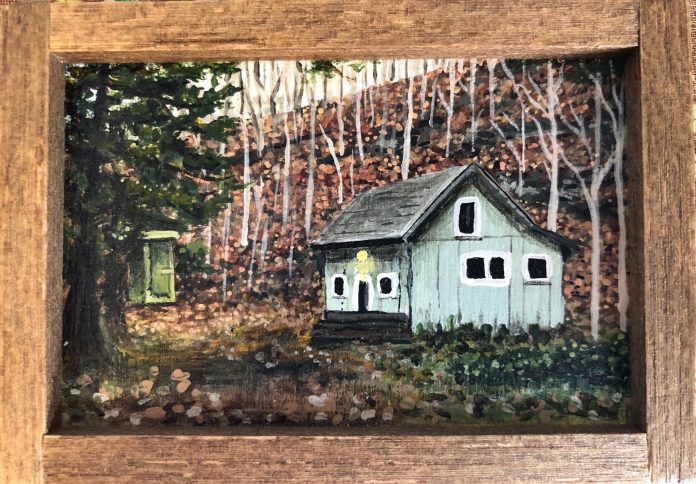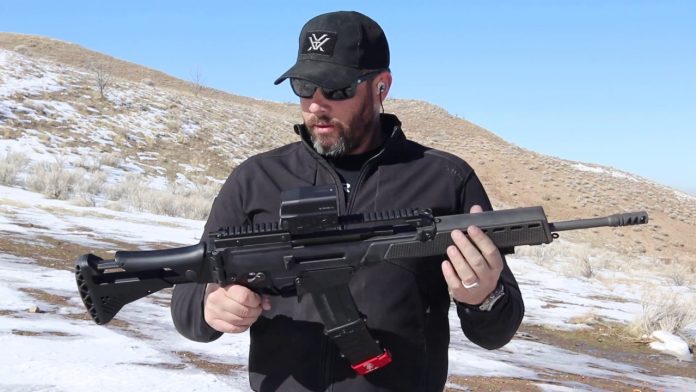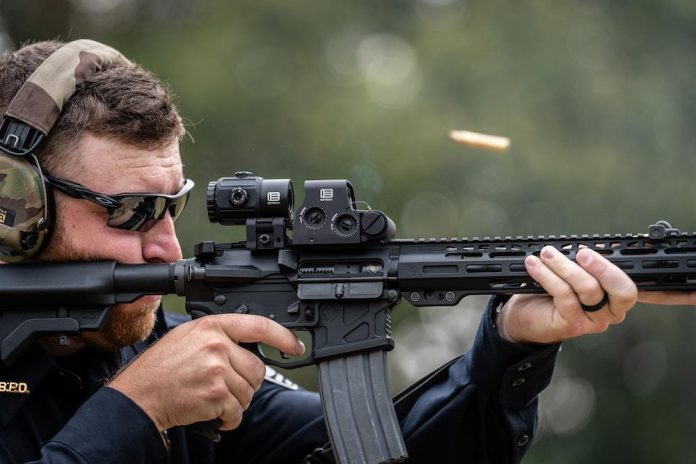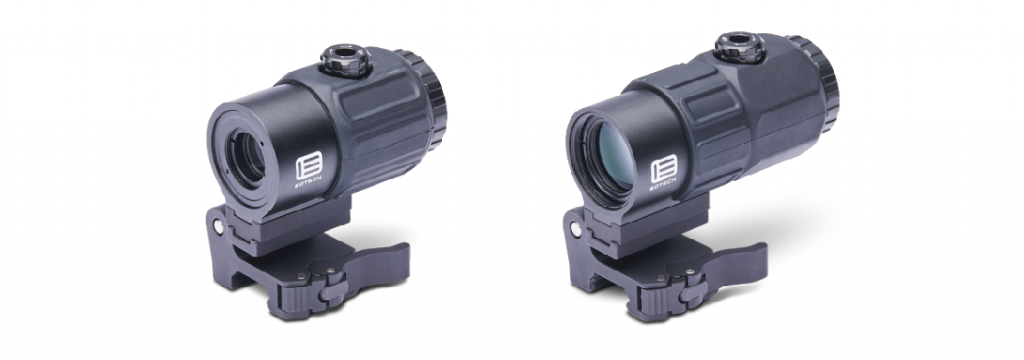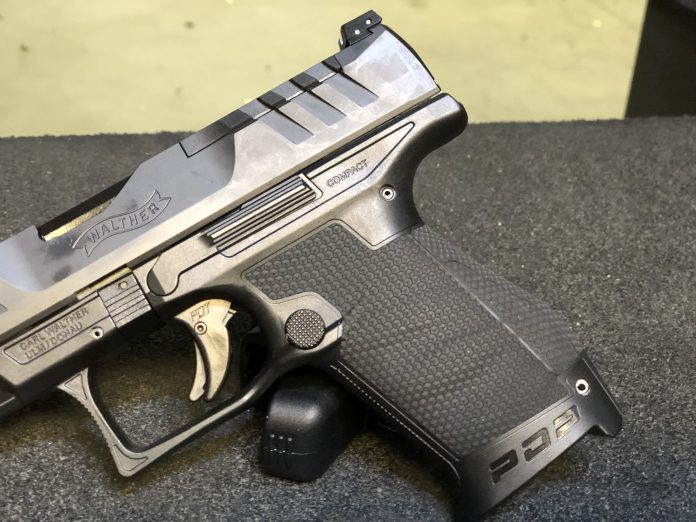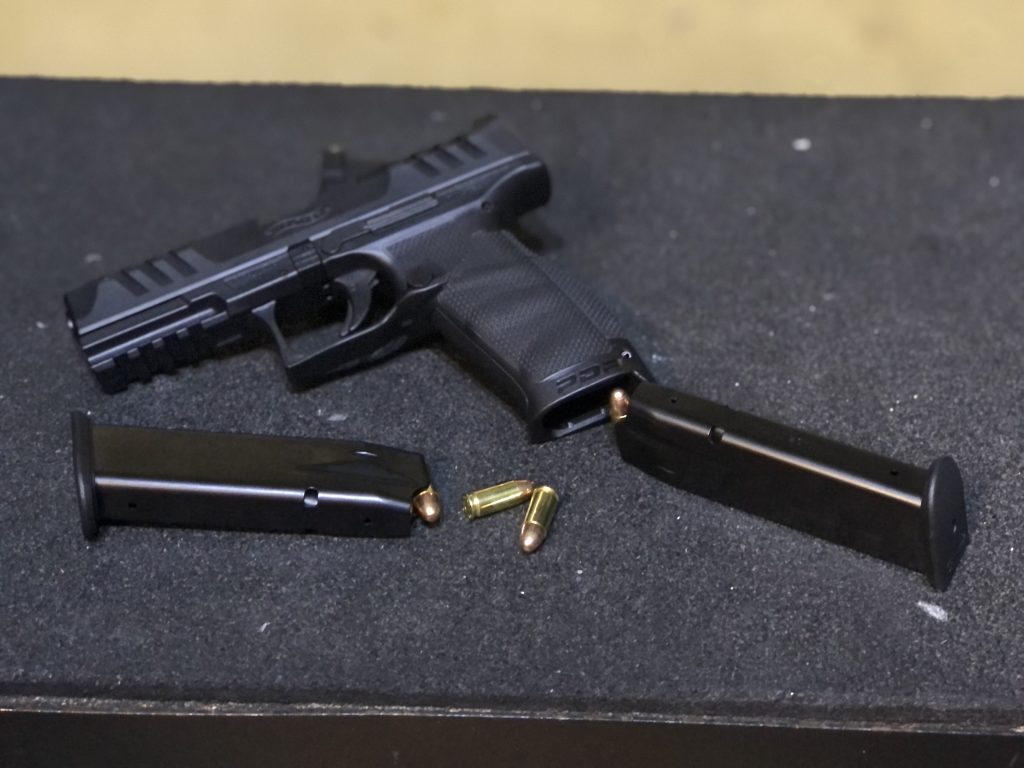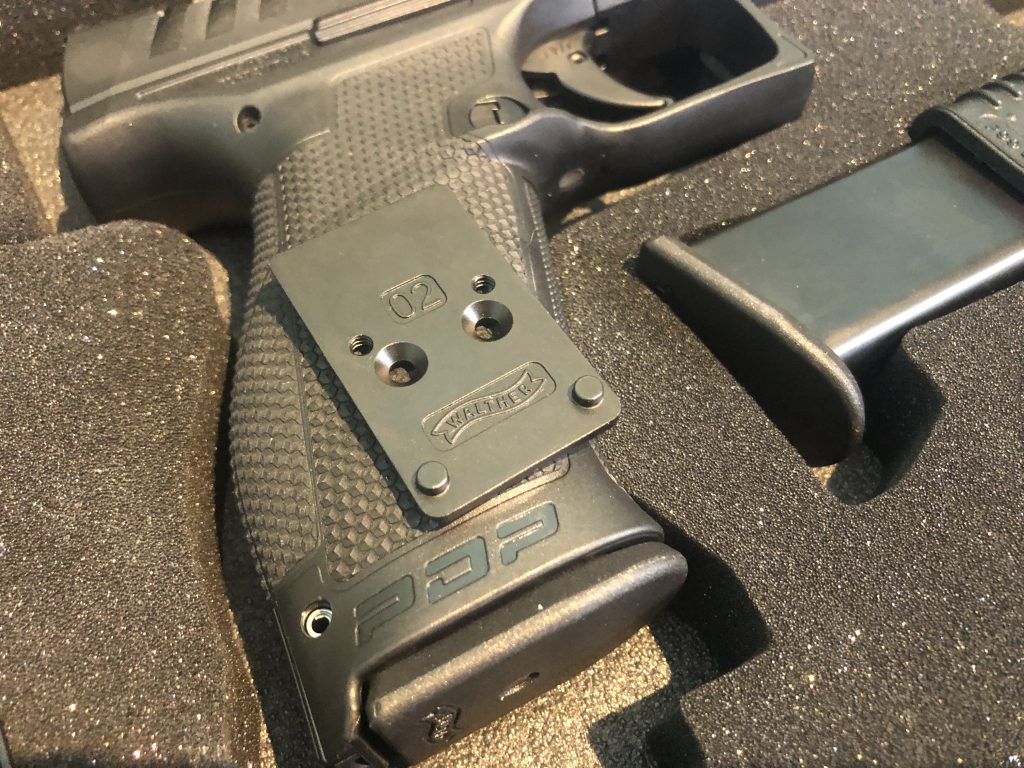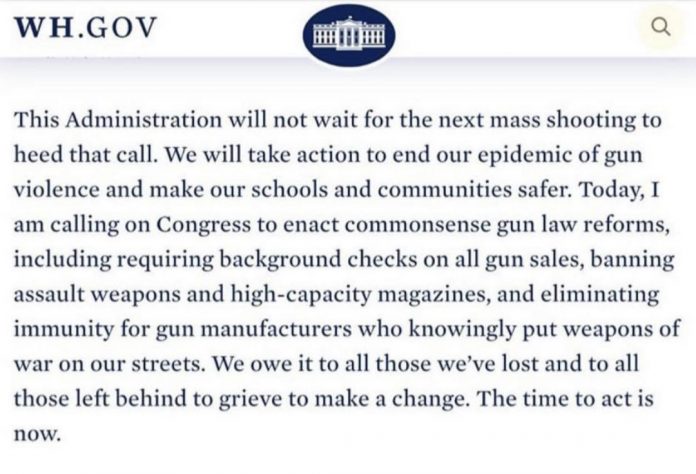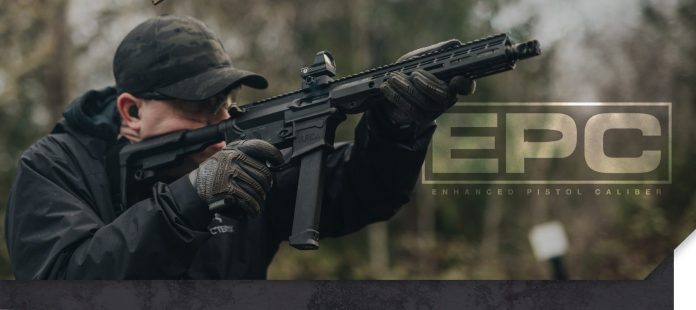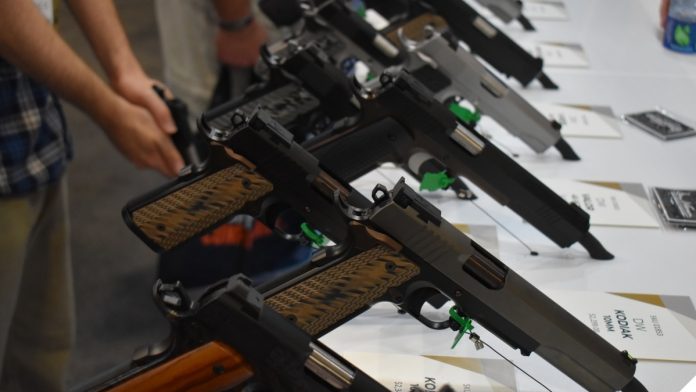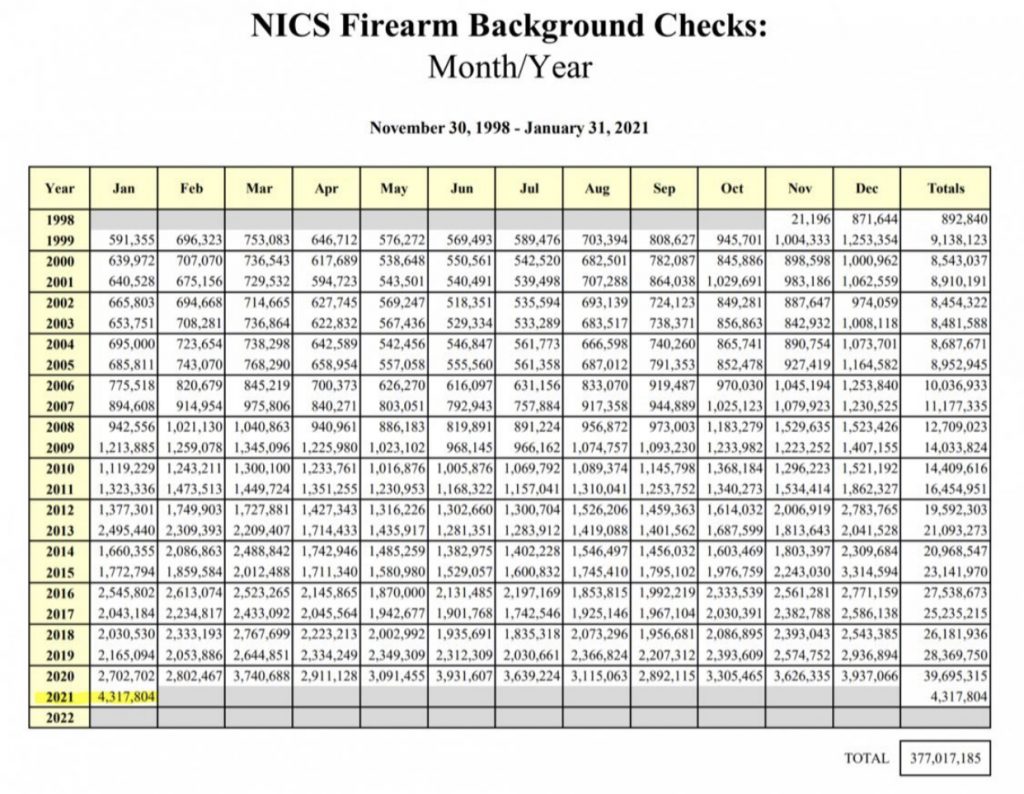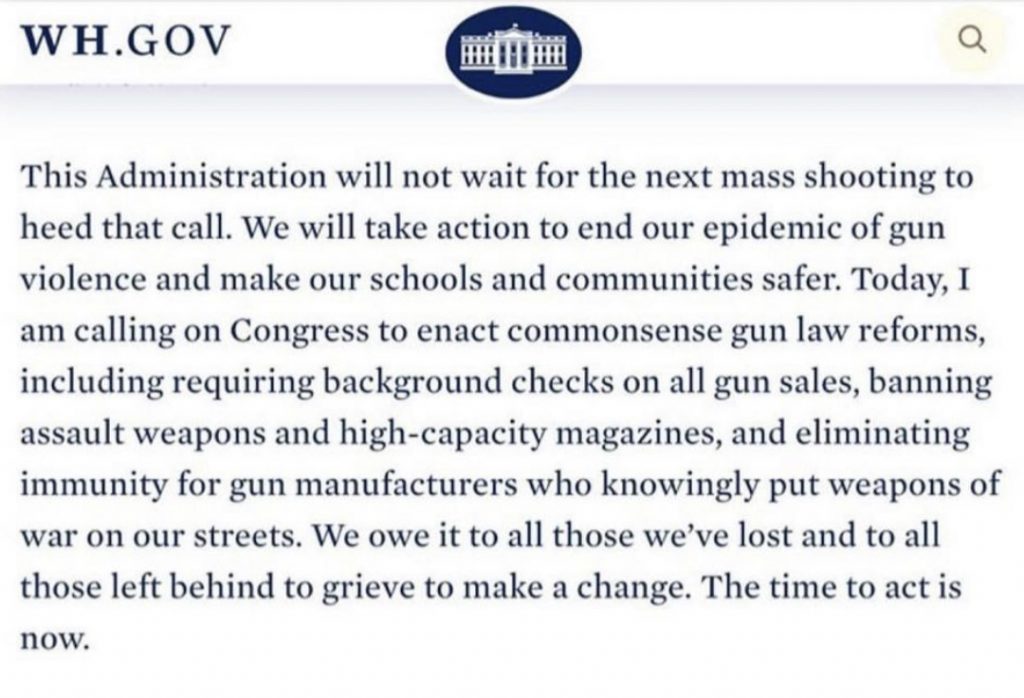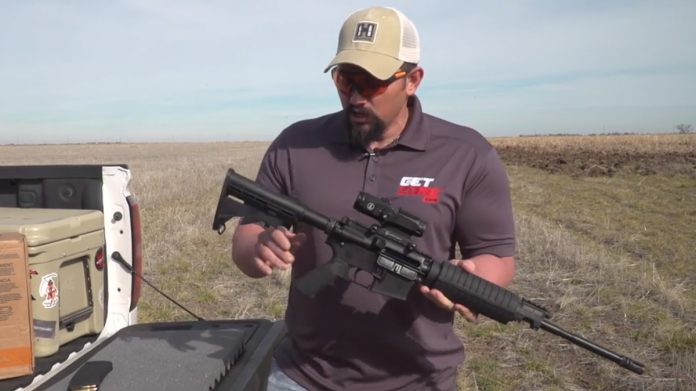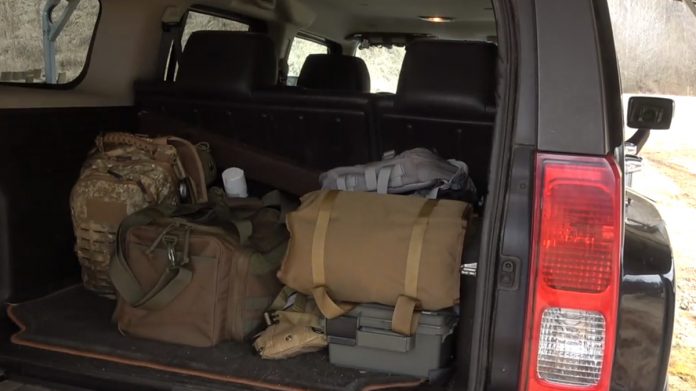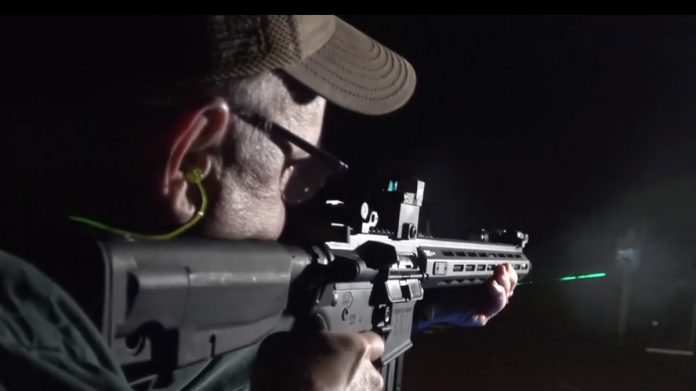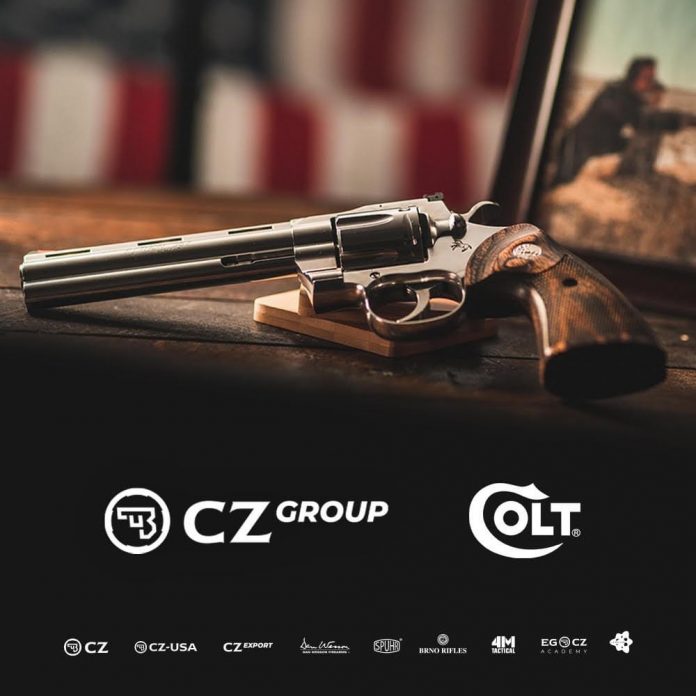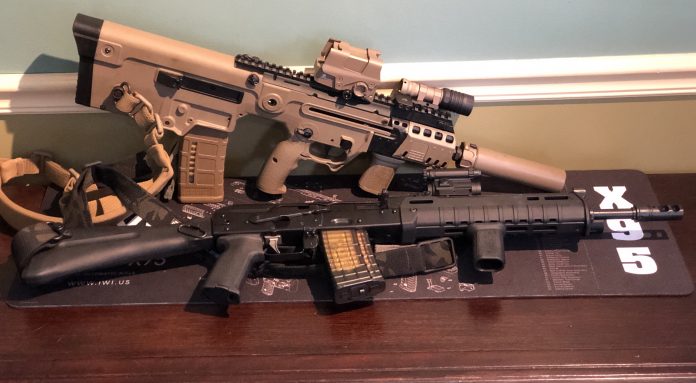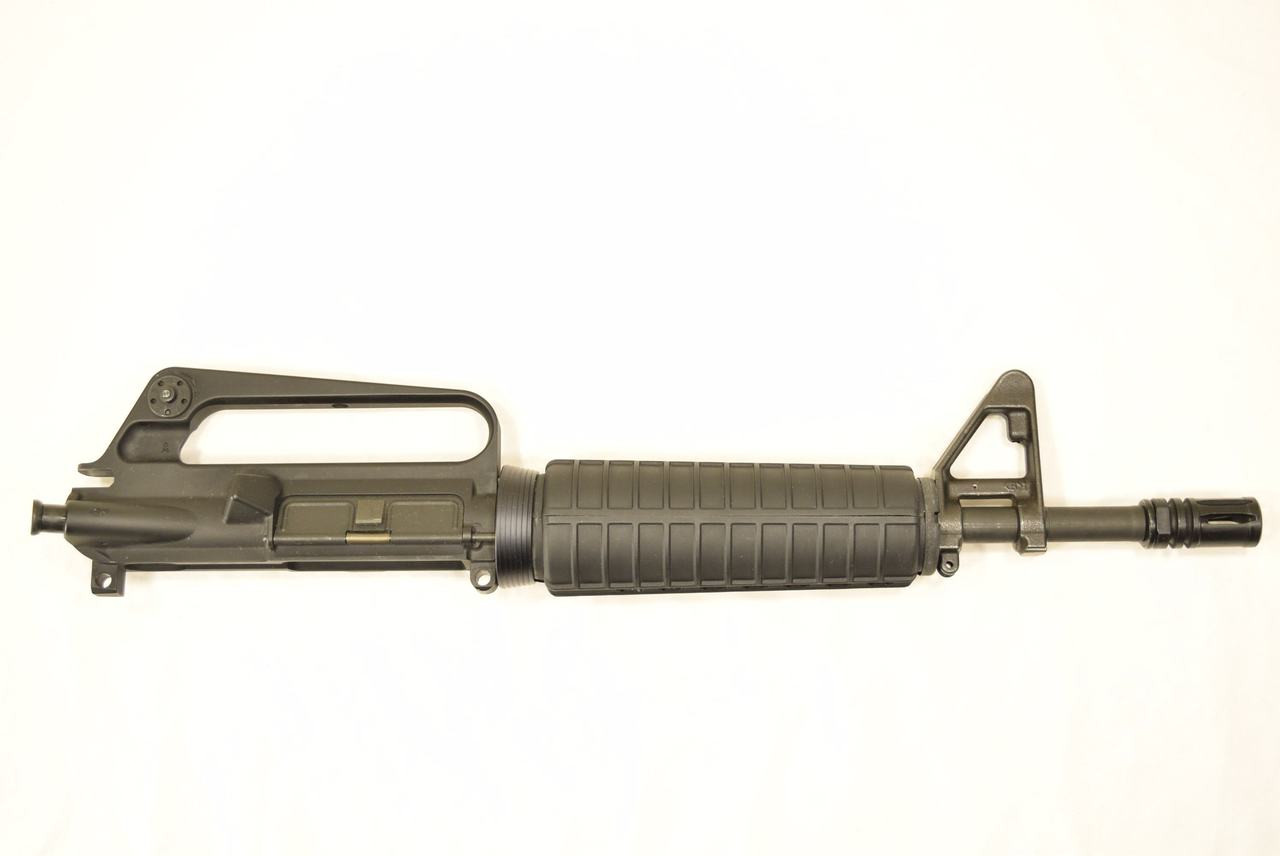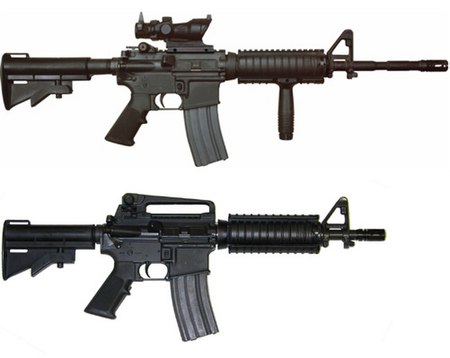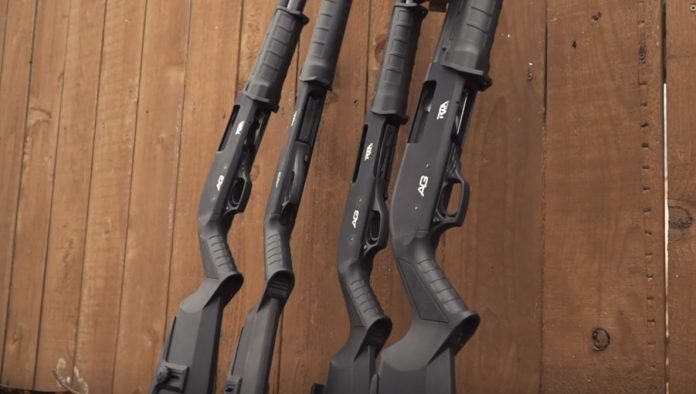I lost a “family member” this winter. It wasn’t a person, but it was still a sad loss. The deer camp cabin that was built by my grandfather after World War II said its last good bye.
This is a different property than the one I have written about before, which came to my side of the family much later.
This property was purchased by my paternal grandfather around the end of World War II. It was about 130 acres of wooded creek valley and mountainside. The creek was (and still is) an almost pristine trout stream with many good fishing spots.
Cabin construction began around 1945-46, when building materials were still quite hard to come by in the post-war period. Thus, it was built with war surplus and cast-offs – never beautiful in the classic sense, but it was functional and purpose built.
The cabin had to be torn down this past year. The diagnosis was terminal. It needed to happen but it’s still a bit difficult for me to acknowledge. For more than 70 years this glorified shack welcomed hunters, trout fisherman, and various family and friends to the creek valley and mountainside.
No Girlz Allowed
I have only a few childhood memories of the cabin, because girls weren’t allowed to go to deer camp in those days. But I do remember riding up with my maternal grandmother once to pick up my brother for school after opening day of buck season was over.
I was about twelve at the time and I remember walking up the creek with a hunting friend of my father – a jaunt that required several crossings over slippery rocks. I didn’t have waterproof boots on, and felt that I was too grown-up to be carried across. I thought I could hop the rocks instead, whereupon I took an icy bath in the December waters. I was mortified and my pride was bruised, in addition to the ignominy of having to wear a pair of my brother’s dry pants home. But I was given reassurance that there were two kinds of people at the camp – those who had fallen into the creek, and those who WOULD. So I at least got my ceremonial dip out of the way early.
I didn’t understand then, but I do now that the camp would have had no privacy for an adolescent girl amongst all those men in the 1970’s. During buck season the cabin was filled with various male in-laws and out-laws, a few family friends and only a loft filled with squeaky old bunks for accommodation.
I hated watching my father and brother load up the truck and drive away to camp every Thanksgiving weekend, but that’s just how it was. In those days at least in my family, the men went to the mountains and the women went to the shopping outlets. I wasn’t happy, but I accepted my fate.
Return to Camp
I grew up, got married, had children and life took over for a couple decades. In the interim, my dad – a beloved example of the consummate outdoorsman – passed on to the upland fields in the sky. The next time I returned to camp I was in my forties. That was the year that I bought my first firearms – 2009. I asked my brother and my uncle if I could come to deer camp that year and they said yes.
By that point my brother had begun taking his teenage daughter with him to deer camp, so “women in camp” wasn’t a big deal anymore. The generations of men who used to frequent the cabin were all slowly growing too old, or like my grandfather, my father, and my other uncle, had passed away. So my niece and I were at least some new blood to fill the ranks.
I had bought a Marlin 336 lever gun a few months after my first handgun purchase that year. I had worked to become proficient enough to hit a paper plate consistently at 50 yards, but that was as far as my rifle skills went. I wanted to see what being at the deer camp was about, but I didn’t think I wanted to shoot just yet. I just wanted to observe that year. But I brought the gun along to show my uncle and my brother nonetheless.
License
After a couple days of tagging along however, my uncle turned around one morning as we sat in some brush along the creek and said to me “Are you SURE you don’t want a license? If you can hit a paper plate you can hit anything you need to at the shot ranges we have around here.”
With that reassurance, the next morning we drove to the nearby village and I bought a hunting license at the gun shop. I still had my hunter’s safety class card from when I was twelve and amazingly enough they honored it.
This was the same shop that another time while we were waiting around for our turn at the counter there was an old codger who was there to have some work done on his rifle. The gunsmith pulled back the bolt on the codger’s rifle – and a live round fell out and hit the floor! That was the loudest clink I’ve ever heard in my life and afterwards you could hear a pin drop. That was my first introduction to “fudds” and I’ve never forgotten it.
Camp Stories
That first deer season at the cabin was a wonderful experience, because my uncle was able to pass on stories that I never got to hear as a kid. Like the time when he was a teen and his step-mother was starting to fry some trout from the stream on the wood stove when one of trout flexed and “jumped” right out of the fry pan! Or the time that “he” scared the bear instead of the other way around. There was yet another time when either he or my dad (I forget which) was outside at the outhouse, heard a “wildcat scream” and beat feet back indoors. They swear there used to be mountain lions up there decades ago. And I believe them.
Another story my uncle told was about a rifle he had years ago that had a very distinctive report. (I can’t remember what that rifle was anymore – maybe an 8mm Mauser??) He downed a deer, and no sooner had he finished gutting the carcass than other camp denizens – a father and son of the “in-laws and out-laws” category – came trotting up because they heard his rifle report and knew it was him. They each grabbed an antler and took off downstream with the deer and all my uncle had to do was carry the rifles. That really does say something about the old timers and how long they had been hunting together that they even knew the sounds of each others rifle shots echoing down the valley.
Landmarks
That first week at the deer cabin I learned the various landmarks around the property so that I could split off if I needed to and not get lost. My family did not use tree stands. They just had “spots” where one sat on a stool or used a foam butt pad on a rock or log. Some of the spots had designations like “the top of the fire lane”, “up the creek”, “out the log road”, “the power line”, and “down at the spring”. I also heard tales of various relatives and their favorite spots over the years.
Different Days
I asked my uncle lots of questions about deer hunting that first week. When I asked how long I should wait to track if I happened to shoot a deer, he said that my grandfather always told him to wait as long as it took to finish a cigarette. I have no idea how long that is, but it was apparently a useful metric back in the day.
Also in my grandfather’s day there wasn’t much talk about an “ethical shot”. In those days apparently, my grandfather said to “break it down” any way you could – because eating was a good thing. Definitely a different and hungrier time then.
Those different days also meant my grandfather could clear a path along the creek with his bulldozer, doze his own fire lanes, and try to blast out part of the rock face without any government entities telling him he couldn’t. Those days are long gone.
Creative Solutions
He was also known for “creative” solutions to problems. In the early days he apparently rigged up a DC electrical system for the cabin that ran off of a series of batteries in the lower storage area. That meant that they could put the antique kerosene lanterns away. But that system was apparently destroyed by water and freezing temperatures decades before I ever arrived on the scene.
By the time I arrived there was an electric hook-up. But even after my grandfather died around 1980, there were still echoes of his work all over the property – such as the previously mentioned fire lane. Along one of the trails is a (now rusted) boat license plate that he put up for a trail marker. And then there was the shopping cart tree…
Apparently my grandfather absconded with two shopping carts sometime in the 50’s or 60’s, which he then jury-rigged into a deer corn feeder. But after multiple decades the tree overgrew the shopping carts leaving a curious “double-take” type landmark.

My experience as an adult at the cabin, in addition to deer hunting skills also taught me some life skills. Although drinking water was brought from home, it was an education to learn to wash dishes in boiled creek water that was always heating on the wood stove. There were also sponge baths in a basin of the same type water. With a single basin of water available you learned to wash top to bottom, cleanest to dirtiest and call it good.
Mice
Other clean-up was also important. Food had to always be kept covered and sealed due to the mice, so immediately cleaning up after yourself was a necessity. The mice were the real property owners at camp – we were just seasonal tourists. Indeed it was a nearly nightly occurrence to hear the snap of the mousetraps that were scattered along the baseboards as we usurped the mice’s territory for our own.
Those mice weren’t dumb, either. I remember hearing a story about one such mouse who lived in the dresser near the dining area. That mouse entertained himself by tormenting the dog – running from one end of the dresser drawer to the other and peeking out just long enough for the dog to see him and run to the other end of the dresser to try to catch him. Whereupon the mouse was already back at the opposite end (no doubt snickering in mouse-ish). When there is no TV or radio signal in the creek valley one’s evening entertainment devolves into to laughing at the mice and the dogs.
Outhouse
Then there was the outhouse. I had the benefit of the “new” one that was built with a concrete vault, but my brother, being there before my time, got to use the old outhouse that leaned to one side and had to be periodically “straightened”. Somewhere there is a photo of my older brother putting his back into one such “outhouse straightening party”. That outhouse was eventually condemned by a state environmental agency for being too close to the stream. You might be a redneck — if the government condemns your outhouse.
I learned a lesson even from the “new” outhouse though. It is wise to bring your baby wipes inside for the night during deer season. Otherwise you might have nothing but a frozen brick in the morning and have to use the toilet paper that the mice have been chewing on. Also as tempting as it is to put the lid down when you leave, don’t do it. When the heat generated down below hits the December air up above it causes condensation on the lid and you end up with a wet seat. Ick.

Nope Door
The summer after my camp re-introduction I took my adult son up with me for a weekend to introduce him to the family landmark as well. This was in the summertime. I’d never been there when it wasn’t cold and someone hadn’t already opened things up. So I had no experience with the bug population.
When my son and I went to the lower storage area to turn on the propane we were in for a surprise. When we opened the padlock and swung open the door we were met with some of the largest spiders I’d ever seen in my life that weren’t tarantulas. Holy Crap! We both looked at eachother and closed that door right back up again. That was the “nope door”. Screw the propane, we made a campfire to warm our food instead.
Mouse Poop and Wasp Nests
Built with scraps and war surplus and repaired many times over the years, the cabin seemed to my eyes to be held together with nothing but the proverbial spit and baling wire. But it had to have been built better than that to have survived for so long. In its final years however the cabin was indeed more likely held together by mouse poop and wasp nests than anything else – I’m totally not kidding. The local guy who did the tear-down for us wanted to wait until after a few frosts this fall before starting the demolition – because of the wasps.
Slow Decline
It wasn’t a snap decision to tear down this family landmark. There was a long slow decline. First the wood stove chimney was condemned by the insurance company. Then the power connection to the building was lost in a storm a few years later. After that the whole thing was essentially in hospice.
The cabin was ultimately dealt the final blow by an ice dam on the creek which flooded the building beyond repair two winters ago. If it was barely habitable due to mice and critters and wasps before, the resulting rot and mold sealed its fate.
The few “valuables” that were saved from demolition were ephemeral things like decades of camp rosters listing deer season occupants and the rifles they brought with them. Fortunately, those were salvaged and my brother is recording them for posterity.
With demolition nearly complete in late fall of 2020, there was a new log jam and more flooding. Photos indicate that the creek bed shifted so that it now flows over where the cabin foundation once stood. In essence the creek valley has reclaimed what was once its domain. That’s actually a bit poetic and makes me feel better about the whole thing. The camp has returned to its source. I hope that my grandfather would be content with that.
The property remains beautiful, whether the building still stands or not. Those who dare the trek up the creek with its many crossings are rewarded with an almost primeval feeling. The ferns and mosses, the sound of side rivulets falling down the rocks to join the creek, the shady quiet – it’s overwhelmingly beautiful. Down in that creek valley you can’t hear the road, or even planes overhead. It’s very isolated because the only way in or out is along the cliff-walled creek bed or a few steep climbs that only the deer can negotiate. It’s just you, the water, and soul-soothing nature. I need to try to get back up there for a dose of that again soon.
A year or two ago my talented daughter painted a miniature portrait of the cabin for me as a Christmas gift. It was supposed to be a tree ornament but I leave it out year ‘round because I love it so much. It’s a fall scene of the cabin the way it appears in multiple family photographs – including the outhouse. It’s a great rendering. But the thing that makes it the most special to me is this — she painted it with the porch light on.
That’s the way I’d like to remember the cabin – with the light on in the gathering dusk, waiting to welcome us back from a beautiful day on the mountain.

